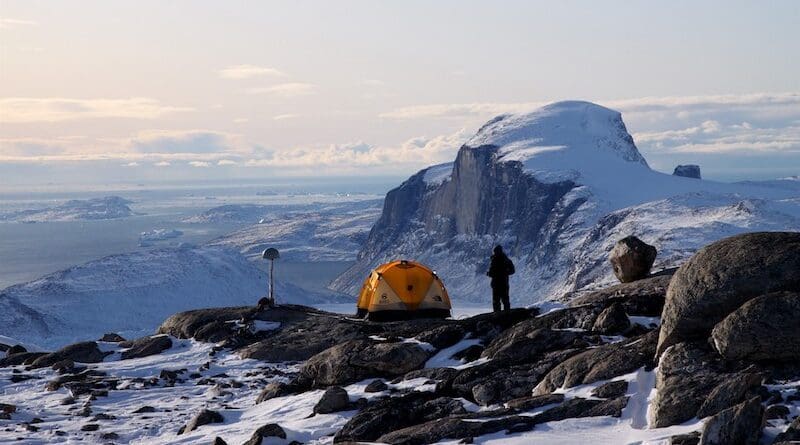Rapid Climate Change Causes Greenland’s Bedrock To Rise Forming Small Islands
The impacts of global climate change are becoming evident on Greenland’s bedrock, which is rising at an increasing rate, reshaping the country’s landscape. New research from the Technical University of Denmark (DTU) sheds light on this phenomenon.
While much of the world is grappling with rising sea levels due to the melting of Greenland’s ice sheet, the situation on the Greenlandic mainland is almost the opposite. The land is rising faster than the current sea level.
DTU Space’s new research reveals a significant elevation of Greenland’s bedrock, reaching up to 20 cm over the past 10 years from 2013 to 2023, equivalent to 2 meters per century. This uplift will continue in the coming years, driven partly by the melting of the ice sheet on top, relieving pressure on the underlying ground.
“These are quite significant land uplifts that we can now demonstrate. They indicate that local changes in Greenland are happening very rapidly, impacting life in Greenland. It also affects Greenland’s map, as new land emerges from the sea, giving rise to new small islands and skerries over time,” says Danjal Longfors Berg, a PhD student at DTU Space.
He is the lead author of a new study on land uplift in Greenland, recently published in the renowned international journal Geophysical Research Letters.
Data from 61 GNSS measurement stations in Greenland
The research is based on data from GNET, a network of 61 measurement stations located along Greenland’s coasts. GNET is owned and operated by the Agency for Data Supply and Infrastructure, which is a part of the Danish Ministry of Climate, Energy, and Utilities.
“GNET is a fundamental geodetic infrastructure, providing data to measure ice melting and land uplift. GNET enables researchers, including those at DTU Space, to precisely monitor climate changes,” says Morten Hvidberg, the agency’s Vice Director.
Using GNSS technology, such as the GPS system, along with long time series, movements in the bedrock can be detected over time with millimetre precision.
Current climate changes and the latest ice age accelerate land uplift
The fact that Greenland is rising is well known, as is the case for Denmark. This phenomenon is attributed to the landmass being pressed down by a thick ice sheet during the last ice age. Although the ice age ended about 12,000 years ago, the land is still rising due to the release of pressure from the ice. In addition the increased melting of the ice sheet caused by recent global warming has led to additional and much faster local land uplift along Greenland’s coast over the past two decades.
“The land uplift we observe in Greenland these years cannot be solely explained by the natural post-ice age development. Greenland is rising significantly more. With our data from GNET, we can precisely isolate the part of land uplift caused by the current global climate changes,” says DTU Space Professor Shfaqat Abbas Khan, a co-author of the new study.

